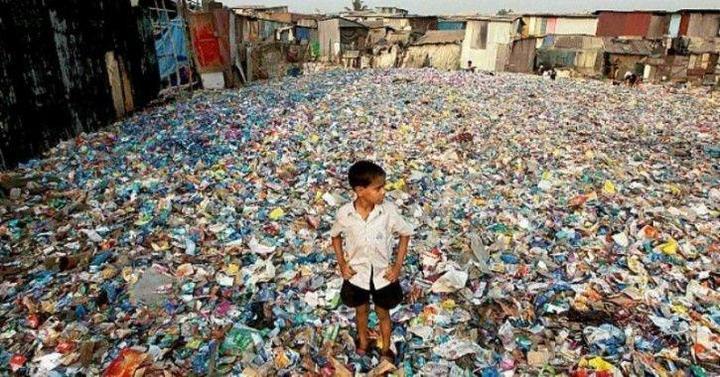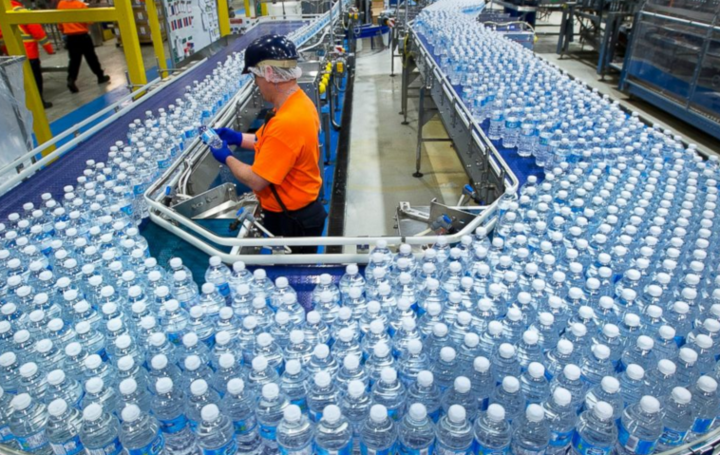Do you know how much plastic humans have produced so far?
Synthetic plastics were invented at the end of the 19th century and were originally used to make motion picture films. After entering the twentieth century, the output of this new material increased rapidly.
Since the 1950s and nearly 70 years ago, 8.3 billion tons of various non-degradable plastics produced worldwide have been produced.

However, now that everyone has realized the serious impact of plastic on the environment, there is another fact in front of us. The impact of plastic on the environment is still continuing and will continue to expand.
Analysts point out that companies such as ExxonMobil, Shell and Saudi Aramco are increasing output of plastics made from oil and gas and their by-products in response to the possibility of new energy sources leading to reduced demand for their fuels.
At present, petrochemical products, including plastics, currently account for 14% of oil use. It is expected that this proportion will continue to increase, and the demand for oil will therefore increase by half by 2050.

The World Economic Forum also predicts that plastic output will double in the next 20 years.
According to the investigation, Shell is constructing a $ 6 billion ethane cracking plant in Pimonaca, Pennsylvania. The plant can convert ethane to ethylene, which is also the basic raw material for many plastics. The plant is expected to produce 1.6 million tons of plastic per year when it is commissioned in the early 2020s.
The resulting plastic will be used in a variety of industries, including disposables. Even if it has an impact on the environment, it will still be seen as an important part of the “American Manufacturing Revival.”

The American Chemistry Council said that since 2010, companies have invested more than $ 200 billion in 333 plastic and other chemical projects in the United States, including expanding existing plant facilities, building new plants, and related infrastructure. .
Judith Enck, former regional director of the US Environmental Protection Agency, said:
Because many of these new facilities will be decided in 2020Pass, so this year will be crucial. Even if a quarter of these ethane crackers are completed, we will be in trouble and the environment will fall into a difficult place to repair.
In addition to causing environmental pollution, the production of plastics is actually a major source of greenhouse gas emissions.
The International Environment Center found that global greenhouse gas emissions related to plastics are currently close to 900 million tons of carbon dioxide equivalent per year, and are expected to reach 1.3 billion tons by 2030, which is actually equivalent to 300 coal-fired power plants .
Almost 12% of all waste plastics are incinerated, but butadiene, benzene, and toluene that can be released into the air are all toxic gases that can cause diseases such as cancer.
The day before Thanksgiving this year, a fire broke out at a Texas petrochemical plant in Port Chess and caused two explosions. Toxic gases forced 50,000 people to evacuate their homes. One week later, the inspection bureau again found 1,3 butadiene, a carcinogen in the air, and issued an evacuation warning again.

However, this is only one of four major chemical fires that have occurred in the state this year.
But nevertheless, the manufacturing opportunities brought by new chemical facilities are still sought after by many people, especially in areas where coal and other industries have been hit.
Pennsylvania granted $ 1.6 billion in tax reductions to Shell factories, the largest tax reduction in the state’s history. Officials in Ohio and West Virginia are calling for companies to build more ethane crackers, storage facilities and pipelines.